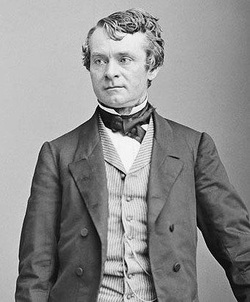
Perrysville Follow-up
Do any of you remember the “Honor Roll” that once stood for many years on the lawn of the Lutheran Church in Port Royal? I was fairly young and I do. It was a wooden case painted white with glass doors. It got into a fairly bad state of repair and was taken down. At the time, and I'm not sure what year this was, I thought, “I hope the replacement “Honor Roll” will be made of something more sturdy.” Years have gone by and all if not almost all those men have died. Many have been forgotten and all are not known to any of this generation. If it isn't the generation who served to have this remembrance restored, then who will take up the mantle and preserve their memory. Unless we remember those who have fought and those who have died, we are not deserving of the liberty and the freedoms we all are still able to claim. The price of freedom always comes at a very steep and bloody cost to those we once loved and some still remember. Wouldn't it be extraordinary if every community did the right thing and remembered their sacrifice of breath and blood.
If only had been asked, I could have told you of the sacrifice the men from Perrysville made during “The War of the Great Rebellion.” It was fairly high.18 men Died of Disease or were Killed In Action and 6 men were Wounded in Action. Those killed were. Pvt Robert Bostwick; Single, 53rd Company “F”, Died of Disease 4-02-1862 Yorktown National Cemetery. Pvt. Samuel Flickinger; Single, 49th “I” Killed In Action 4-04-1862 Yorktown National Cemetery. Pvt Theodore Rice; 49th Company “I” Died of Disease 8-14-1862, Woodlawn PA. National Cemetery. Pvt. John H. Bender; Married, 5 Children, 49th Company “I” Died of Disease 8-17-1862, Woodlawn National Cemetery. Pvt Henry Wallace; Married, 0 Children, Died of Disease 10-23-1862, Burial Unknown. Sgt Moses Burdge; Single 49th Company “I” Died of Disease 12-06-1862, McCullochs Mills, PA. Pvt. Samuel Glace; Single 49th Company “I” Died of Disease 1-26-1863, McCoysville, PA. Pvt David Hughes; Single, 49th Company “I” & “A” Taken as Prisoner; Died of Wounds 6-29-1863, Burial Unknown. Pvt. John Endslow; Single, 49th Company “I” & “A” Died of Disease 11-24-1863 Lower Tuscarora Cemetery. Pvt. James Hurrel; Single, 49th Company “A” Died of Wounds 5-05-1864, White House Landing VA. Pvt. Charles Bumbaugh; Single, 49th Company “I” Killed in Action, 5-10-1864, Spottsylvania Court House VA. Pvt George W. Beaty; Single 49th Company “A”Killed in Action 5-12-1864 Spottsylvania C.H. VA. Sgt. Samuel A. Kauffman; Single, 49th Company “I” Wounded in Action 5-12-1864, Died of Wounds 6-3-1864, Spottsylvania C.H. VA. Pvt. Daniel Shaffer; Single, 13th PA Cavalry, Captured- Died at Andersonville Prison, Georgia Grave 5411. Farrier Henry Nail; Married, 5 Children, 20th PA Cavalry, Captured – Died at Andersonville Prison, Georgia,Grave 0000 Unknown.Pvt. John Ebbert; Single, 126th Company “F” Killed in Action,4-04-1865 Poplar Grove national Cemetery Grave 1424. Pvt. David G. Stewart, Married, 0 Children, 101st “A” Died of Disease, 8-16-1865. Pvt. Martin Beaver; Married, 0 Children, Died of Disease 11-19-1867, Old Church Hill Cemetery.
These men were wounded but survived their wounds. They are. Pvt. Abraham Hertzler; 83rd Company “F” wounded 2-23-1862, Battle of the Wilderness, VA. Captain John P. Wharton; 126th Company “F” wounded 12-13-1862, Battle of Fredericksburg, VA. Pvt. Samuel Hench; 126th Company “F” wounded 12-13-1862, Battle of Fredericksburg, VA. Pvt. David Bausman; 49th Company “A” wounded 5-05-1864 Battle of the Wilderness, VA. Pvt. Henry Arbogast; 49th Company “A” wounded 5-05-1864
Battle of the Wilderness, VA. Pvt. Henry Minichan; 49th Company “A” wounded 5-10-1864Battle of Spottsylvania, VA.
Perrysville, now Port Royal, paid a very high price in men and boys toward the war effort. Their names should have at least been mentioned once. Spoken into the air, lift up once more, remembered for who and what they meant to this community. It's still not to late. Perrysville's men will be called out some day. When the Memorial Wall is completed, their names will be engraved forever in stone, emblazoned for future generation to see and know of their sacrifice.
We still need more donations for the wall to become reality. If you are from Port Royal and know any of the names to be engraved, you can sponsor that name for a $20.00 donation. If you don't know any of them and you just want them to be remembered with the stone and ceremony that will occur on May 9th 2015, Please help us. We are so close, yet so far away. We have received checks amounting from $20.00 to $1,500.
Tentative plans for our program for the occasion will list our donors and get a special invitation to the dedication ceremony. This is not going to be a tiny affair. This community will utterly amazed what the entire ceremony will entail. Imagine the air before and after the ceremony being filled with drum and fife marching music. Imagine the court house lawn alive with the colors (flags) the soldiers would have carried with them into battle. Imagine the lawn lined with the Living Historian who portray those men and boys from so very long ago. Imagine hearing again the words of Governor Andrew Curtain and the Honorable Champ Clark. They were uplifting then and will also be that day.
These words are but a few that Governor Curtain said to the assembly in the summer of 1862. Quote; Hundreds of thousands have already gone forth to do battle for you. Thousands of them have died for you, and thousands more are ready when it is necessary. What have you done for them? They have sacrificed all for you; what have you sacrifice for them? Have you done anything to support those legions? Have you made any effort to add to their comfort or to provide for those they have left behind? This is a subject which requires your serious consideration. You have home and feel none of the deprivation which they have suffered. You are surrounded by plenty, and ought you not to have in mind those brave men who bare their breasts to the bayonet of the enemy, and generously contribute something from your store in their behalf? This is not the time to hold back.
Pennsylvania sent over 366,000 men for the war effort. Juniata County sent almost 2,000 of them and nearly 200 died during the war. We should remember them all. Checks can be made out to JCRA, care of Don Husler Jr. 968 Airport Drive Mifflintown or Sam Leister, 10397 Licking Creek Road ,Mifflintown.
150 Years Ago
Pvt. Henry Wallace; 126th Company “I” Married-0 children; Perrysville;Died of Disease, 10-23-1862 Unknown. Pvt. Allen Cameron; 53rd Company “I” Married-5 children; Greenwood Township, Died of Disease 10-26-1862 Delaware Township
Donald E. Husler Jr.
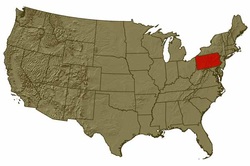
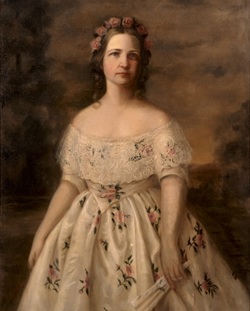
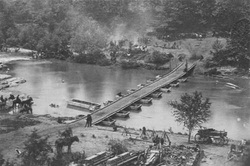
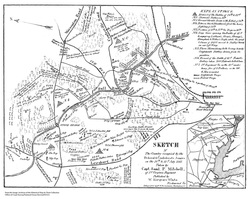

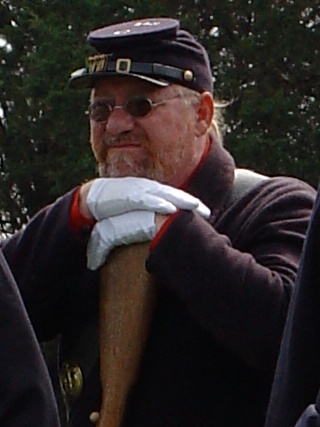
 RSS Feed
RSS Feed
